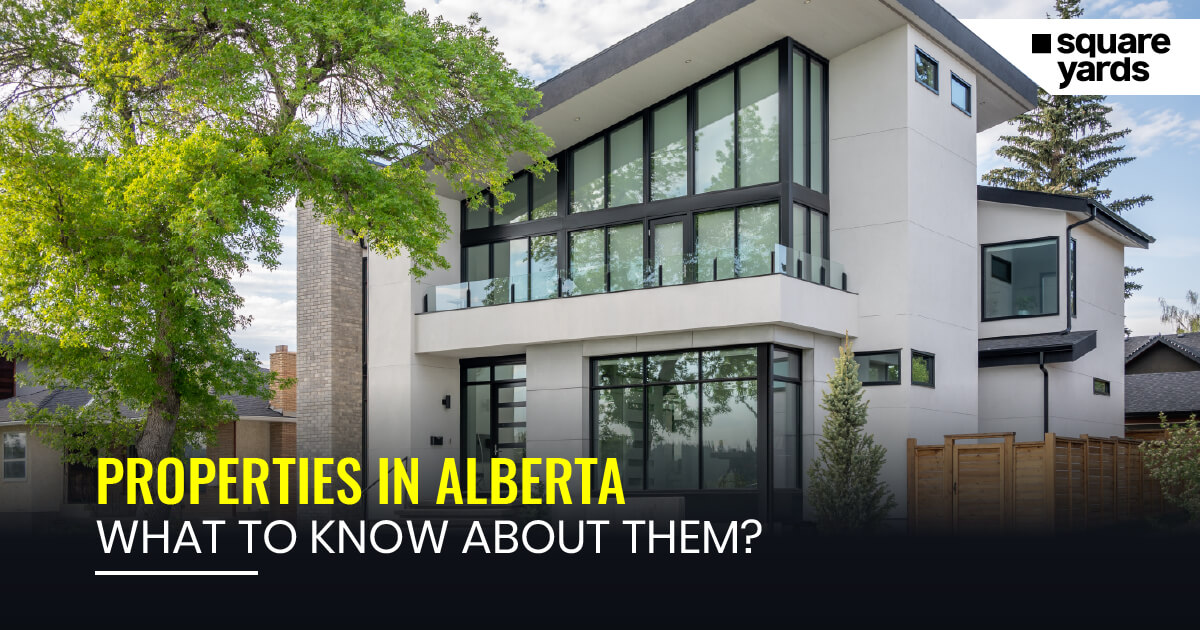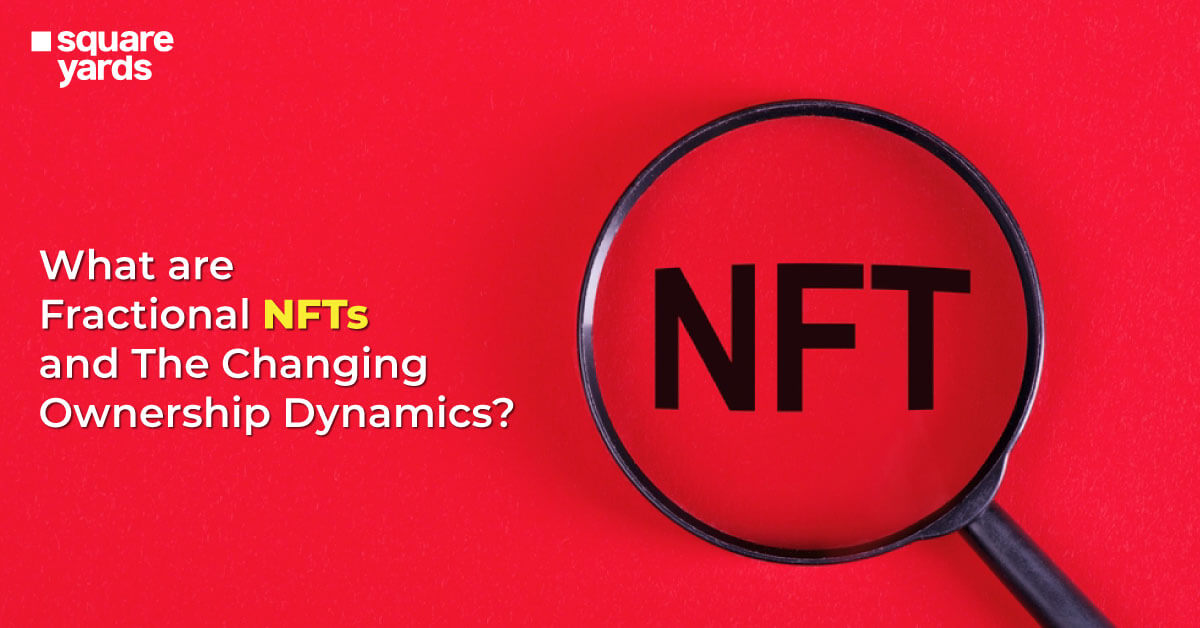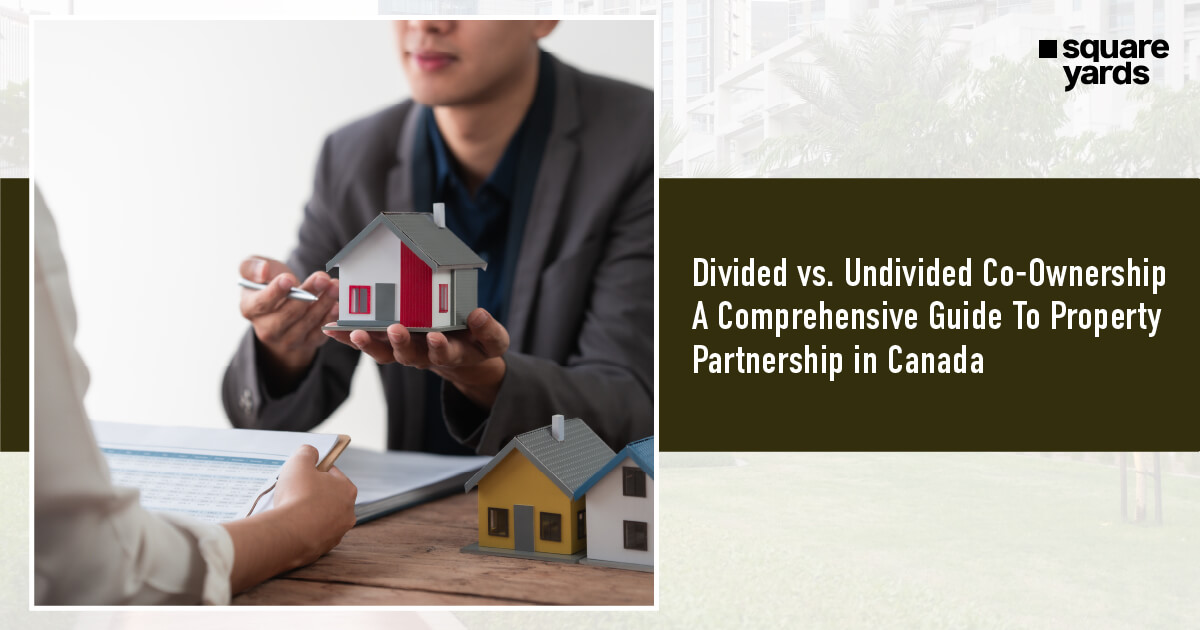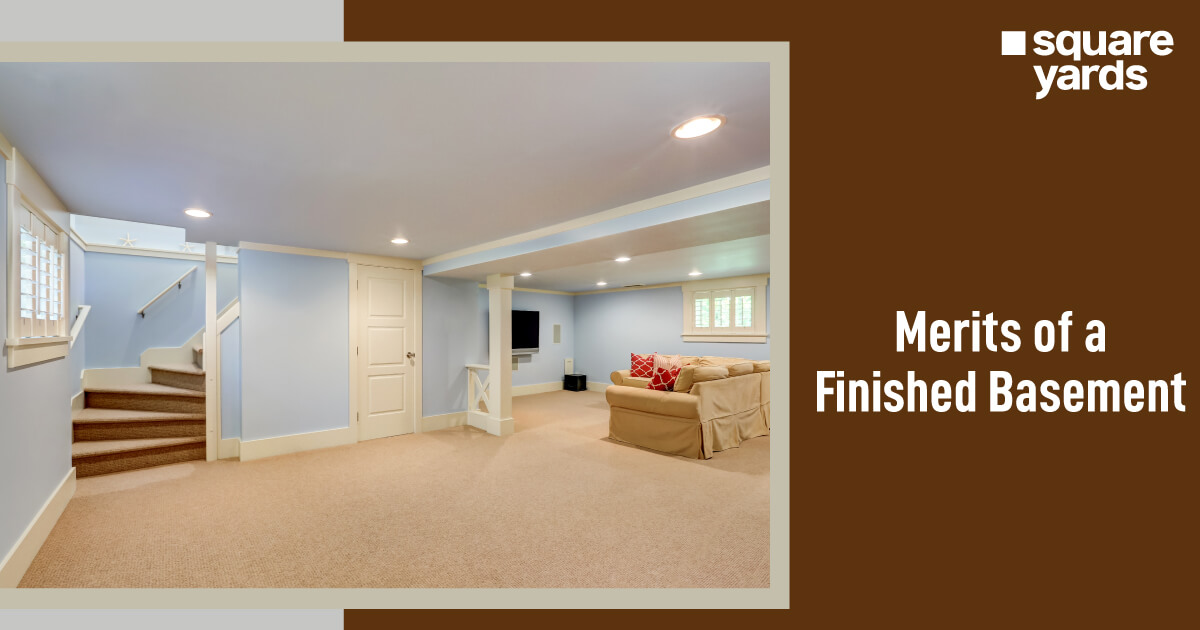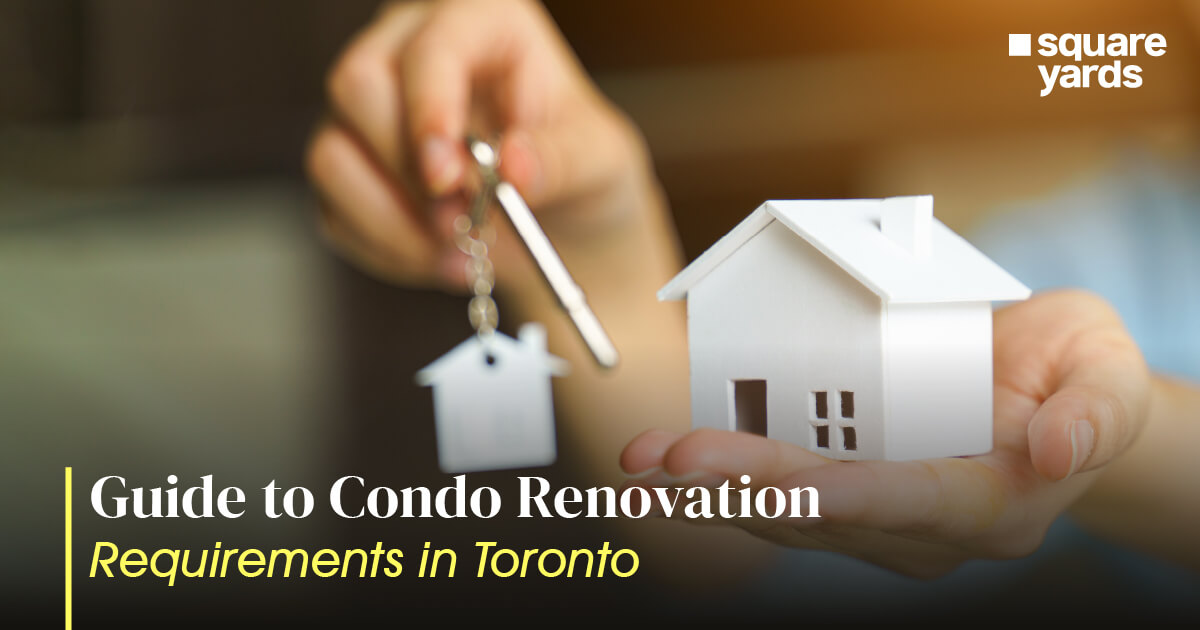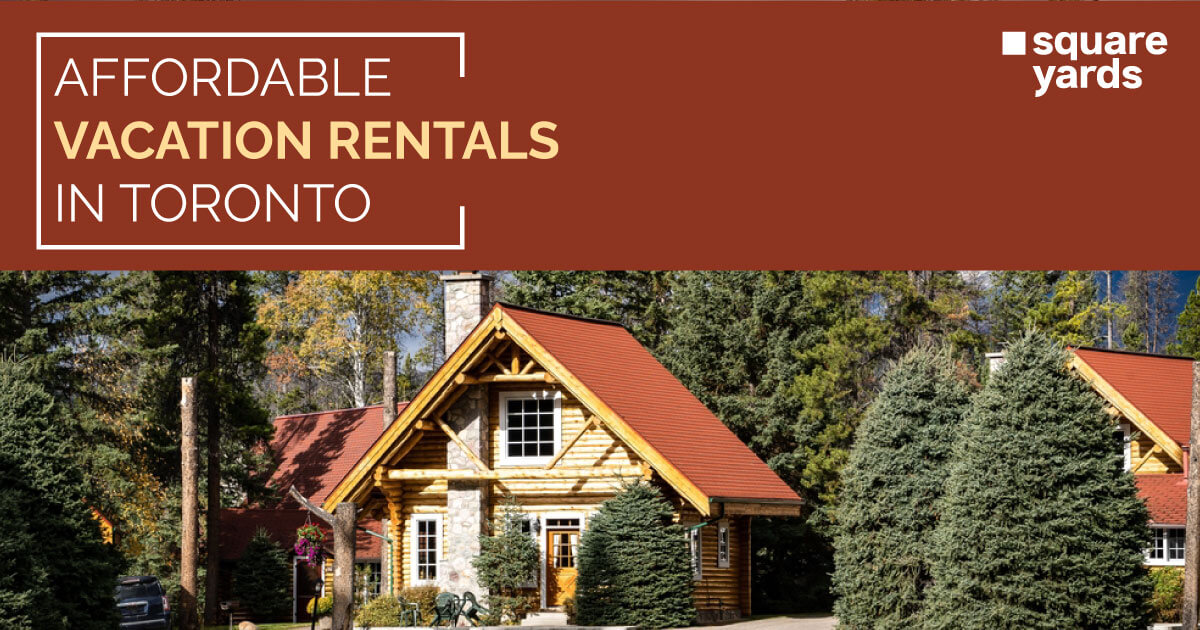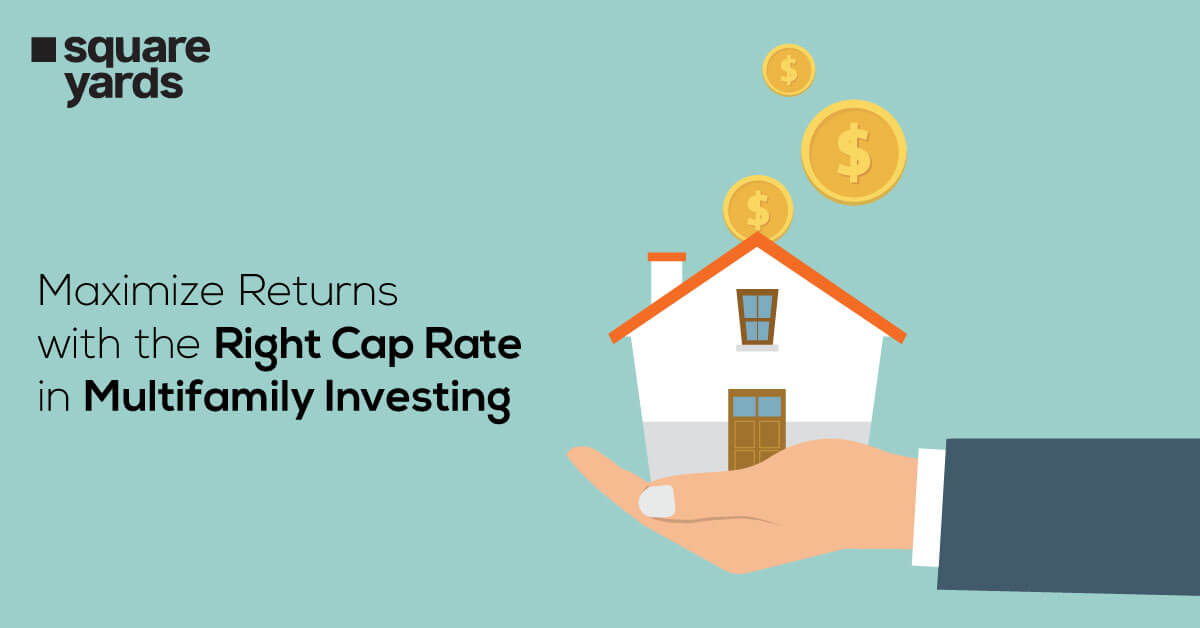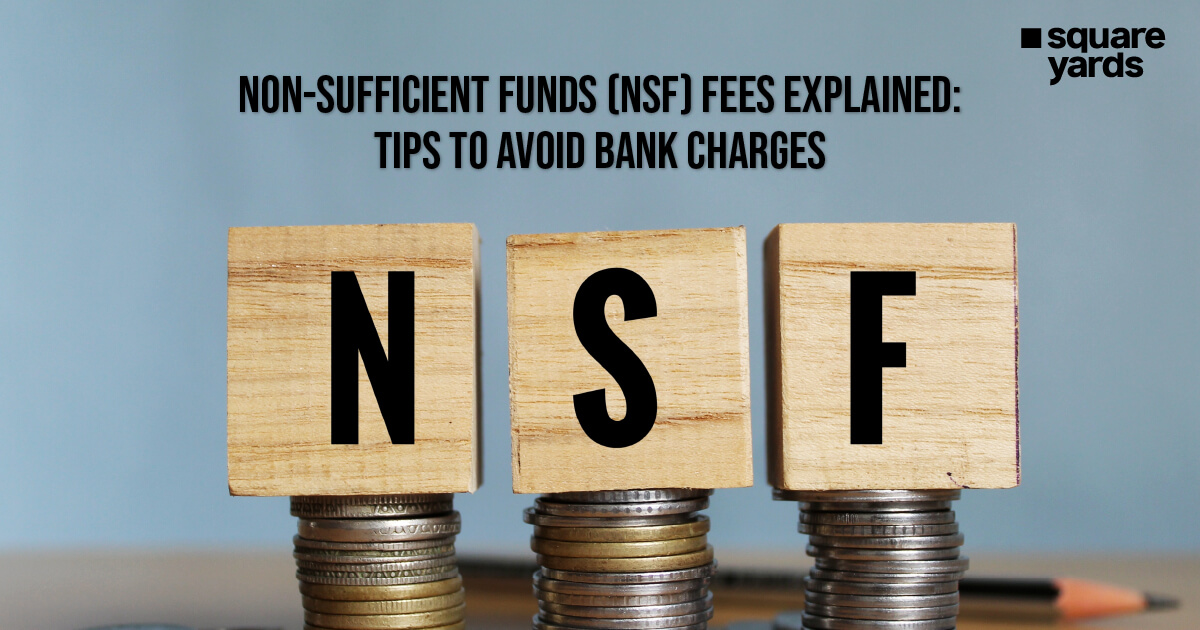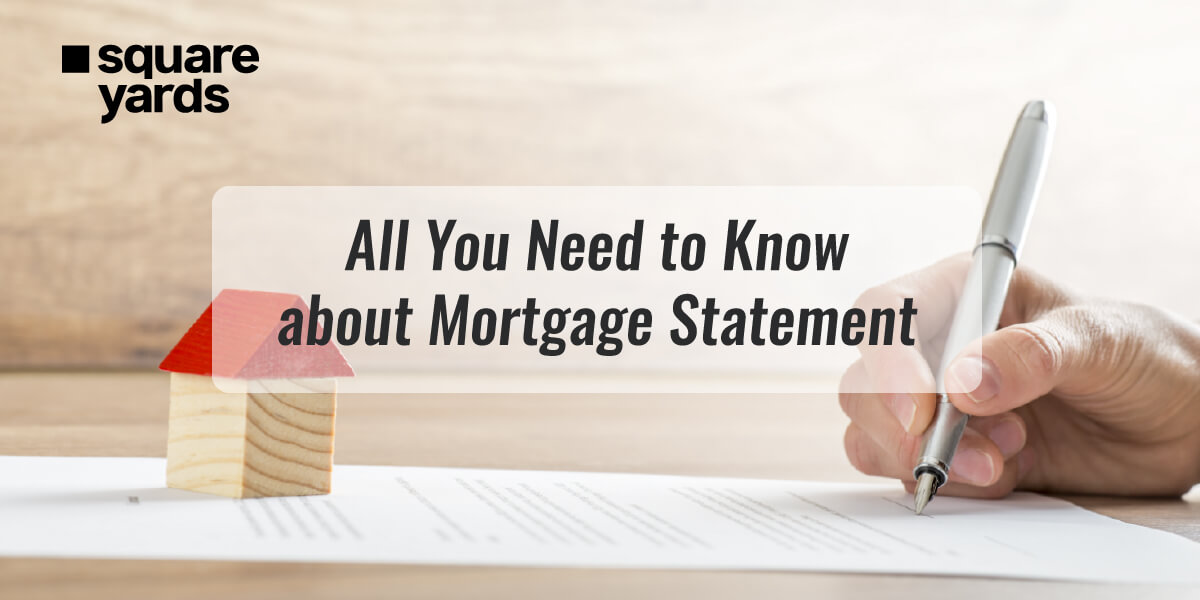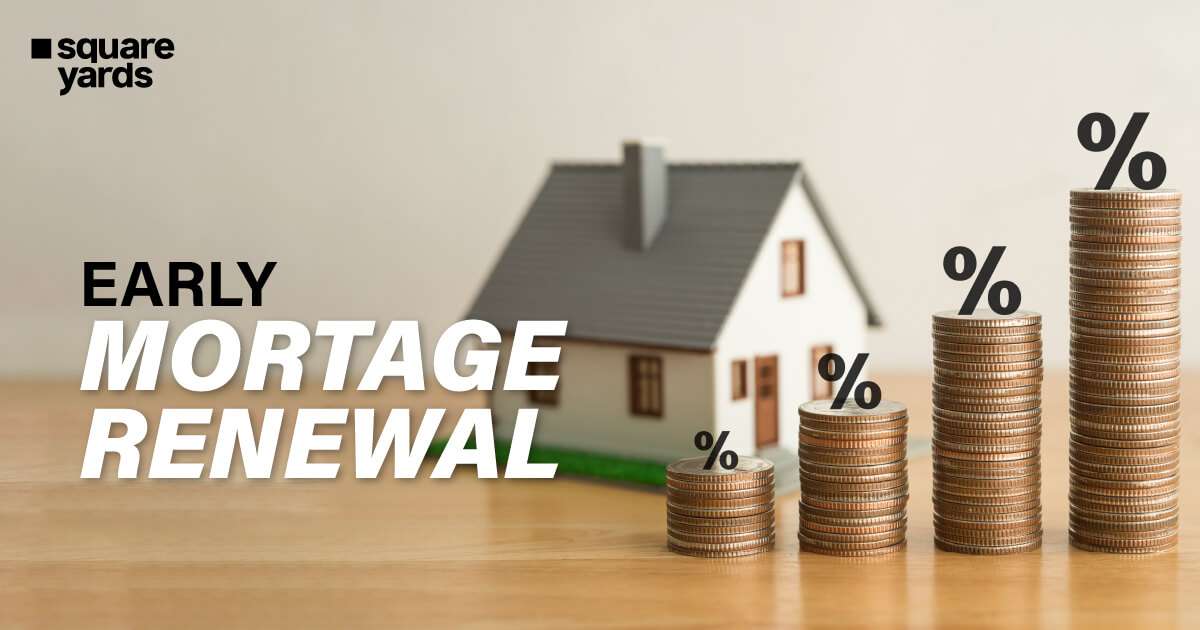Purchasing items with legal considerations can be challenging. For example, when considering buying a properties in Alberta, it’s important to consider the Alberta interest rates. The location also plays a significant role. If you’re thinking about this, get ready and keep reading this blog.
Overview
Do you know why owning a properties in Alberta might be difficult? One would have to invest in it because of the high prices. There are multiple reasons for this, too. For instance, Alberta has a huge share in oil reserves and oil sands, a huge population including immigrants, low tax rates, a firm job market, etc. Thus, Alberta’s interest rates should be high enough to make you consider investing in its property. However, consider choosing three major types of properties: sole ownership, joint tenancy, and tenancy-in-common. Read further to know the pros and cons of each ownership type.
Sole Ownership

You may already have a strong guess of what sole ownership means. When you are the sole proprietor, you have complete rights over the property. It implies that you hold power and confidence to decide on the property. Such rights include the right to sell or induce any change without needing anyone’s consultancy.
-
The Pros That Come with Sole Ownership
Sole ownership comes with liberating rights. After all, you have complete control over what you would like to do with your property. It includes your wish to sell, manage, make changes, rent it, etc. You do not have to consult anyone else. It further promotes quick decision-making and assures no disputes. Besides, properties in Alberta can easily be transferred to an heir or a successor on the owner’s death if this is mentioned in the owner’s last will, well and good. If not, it can still be done according to the intestate succession laws.
-
Downside of Sole Ownership
Obviously, with powers come responsibilities. The same is the case in a sole proprietorship. When you are the only person looking after a property, all the financial burdens fall on your shoulders. From its maintenance to its mortgage, you need to follow up with every act yourself. The dependency on someone else completely disappears. Furthermore, the owner’s passing does no good emotionally or legally for the family. It is especially true if the owner passes without a will. Though there exist laws that can aid in this situation, the process and time taken can be long. The cost incurred can also burden the family. The stress and uncertainty turn into a challenge.
Joint Tenancy

Joint tenancy refers to a property having two or more owners with equal rights. It is mostly seen in friends or business partners who agree on the same terms and have similar interests in the property.
-
Advantages of Joint Tenancy
Joint tenancy has multiple advantages. One of the most important ones of these is shared responsibilities. The obligations do not completely fall on one person but are shared equally. It reduces the financial burden on each partner to a great extent. Secondly, the partners can mutually make decisions. It is very helpful in times of uncertainty and dilemmas. Teamwork and faith in one another make this much simpler than it seems. Thus, this leads to better decision-making and consensus-building. Real estate-owned properties with more than one owner also make things much more hassle-free if one of the owners dies. Transferring rights and interests directly passes on to the living partners. Hence, this transfer retains a sense of security for the rest of the partners.
-
Disadvantages of Joint Tenancy
There ought to be some disagreements between partners. It is valid for any relationship. Thus, property owners might have differing views on some decisions, leading to a deadlock. The situation could soon create tension between/among them if some solution isn’t considered as quickly as possible. Disagreements could be for any reason. For instance, if one partner wishes to sell the property, he needs the others’ consent. Without this, any legal formalities can’t occur, leading to conflict. Additionally, upon the passing of one partner, the property interest would automatically be transferred to the remaining partners. It would likely omit the beneficiaries of the deceased partner, leaving them with nothing.
Tenancy in Common

The tenancy has some differences and similarities to joint tenancy. While the property has more than one owner, they have an undivided interest. Besides, there exists no right of survivorship. It implies that on the passing of one partner, the properties in Alberta don’t get automatically transferred to the remaining tenants.
-
The Positive Side of Tenancy in Common
Because the partners in the tenancy have undivided interests in common, they get the advantage of flexibility. Meaning the partners can own variable proportions in the property. It promotes ease of purchase and maintenance due to their varied interest reflecting their financial contributions. One of the major positive aspects of this tenancy might be freedom. Each partner is free to consult the other partners if he wishes to sell, mortgage, or lease the property. This right is handy if the partner has to liquidate his property due to unforeseen circumstances. Another bright side of common tenancy is if one partner passes away. Their property share isn’t passed to the remaining partners in this case. The formalities take place according to the wishes of the deceased. Thus, intestate succession laws are followed. Respecting their will, the Alberta interest rates come as a relief in the tough time of the favoured ones of the deceased partner.
-
Drawbacks of Tenancy in Common
Like joint tenancy, tenancy in common can also lead to disputes and disagreements among the partners. For instance, a partner who sells his part of the property without others’ consent could cause unrest in the partnership and devaluation of the property. The other drawback of tenancy in common is the flip side of its advantage. Things get complicated because the ownership of the property doesn’t automatically get transferred to the surviving partners in case one is deceased. The legalities can be time-consuming, costly, and straining. Besides this, a delay in the transference may be the reason for the property going through probate.
Uncovering Important Terms Beyond Basic Property Ownership
Besides knowing the basics of a subject, it’s important to understand the terms and information accompanying it. Therefore, besides the types of properties in Alberta, you should know the following terms as well to better deal with the situation:
-
Land Titles Office
Where would you find out who the property belongs to? Well, you take a little help from the land titles office. It is a government office that records registrations of land transfers and the required documents on the title.
-
Registrations
As the name suggests, registration requires many documents against real estate-owned properties. Furthermore, anyone can request a copy of these documents at the government office for a nominal fee. Additionally, registration of the land may require a few of the following:
-
- Right of way– Permits access to a person, company, or municipality to someone’s particular portion of property.
- Encumbrance– A claim usually has a financial constituent contrary to a property.
- Restrictive Covenant– A tool that restricts that land’s usage.
- Caveat– It’s a tool that poses quite an influence on the land. Thus, it’s essential to acquire its copies if they’re present in the title.
- Title– One of the most important documents is a ‘Land Title’ or ‘Deed’. It contains all the necessary information, such as the name(s) of the owner(s), the legal location of the property, mail ID, and a list of all the registrations on the title.
- Transfer of Land– As the phrase implies, this document needs to be signed by the legal owner of the land to transfer it to someone else. It is done after acknowledging the value according to the market value. Following this is its registration at the Land Titles Office.
- Dower Act– This act ensures the sole owner’s spouse’s rights to their homestead.
- Mortgage– Most people already know what a mortgage means. They may also know that its contract is registered at the Land Titles Office. Therefore, if someone requests your land title copy, it would give them a chance to know that your property has a mortgage. Besides, copies of this document can be acquired from a lawyer’s office or registry at a given cost.
Conclusion
Big decisions should be made after careful thinking. Now that you have some basic information about the types of properties in Alberta and what their pros and cons are, we’re sure we’ve somewhere helped you. Hopefully, you know the kind of owner you wish to be, right? However, it is best to consult your legal advisor before taking a step. After all, every coin has two sides. So it’s wise to seek the help of an expert here.
You May Also Read :
|
Buying Pre Construction Properties |
|
|
Know The Buying House in Oakville |
|
|
Guide To Passive Houses in Canada |
|
|
All About Easement on Property |
Frequently Asked Questions (FAQs)
Yes, real estate is more affordable in Alberta than in other provinces of Canada. With a small population, the province offers job opportunities and residential and commercial properties for sale and rent at affordable rates.
By checking the land title, people looking to buy can confirm who currently owns the property, get details about the land, and find any official restrictions like easements or covenants that might affect how the land can be used or developed.
The rate for insured properties with a 3-year fixed tenure is 4.99%; for a 5-year fixed tenure, it is 4.69%, whereas for a 5-year variable rate, it is 5.85%. Likewise, the rates differ for insurable, uninsurable, and rental properties. Is real estate cheaper in Alberta?
How do you find out who owns a properties in Alberta?
What is the interest rate for a house in Alberta?

